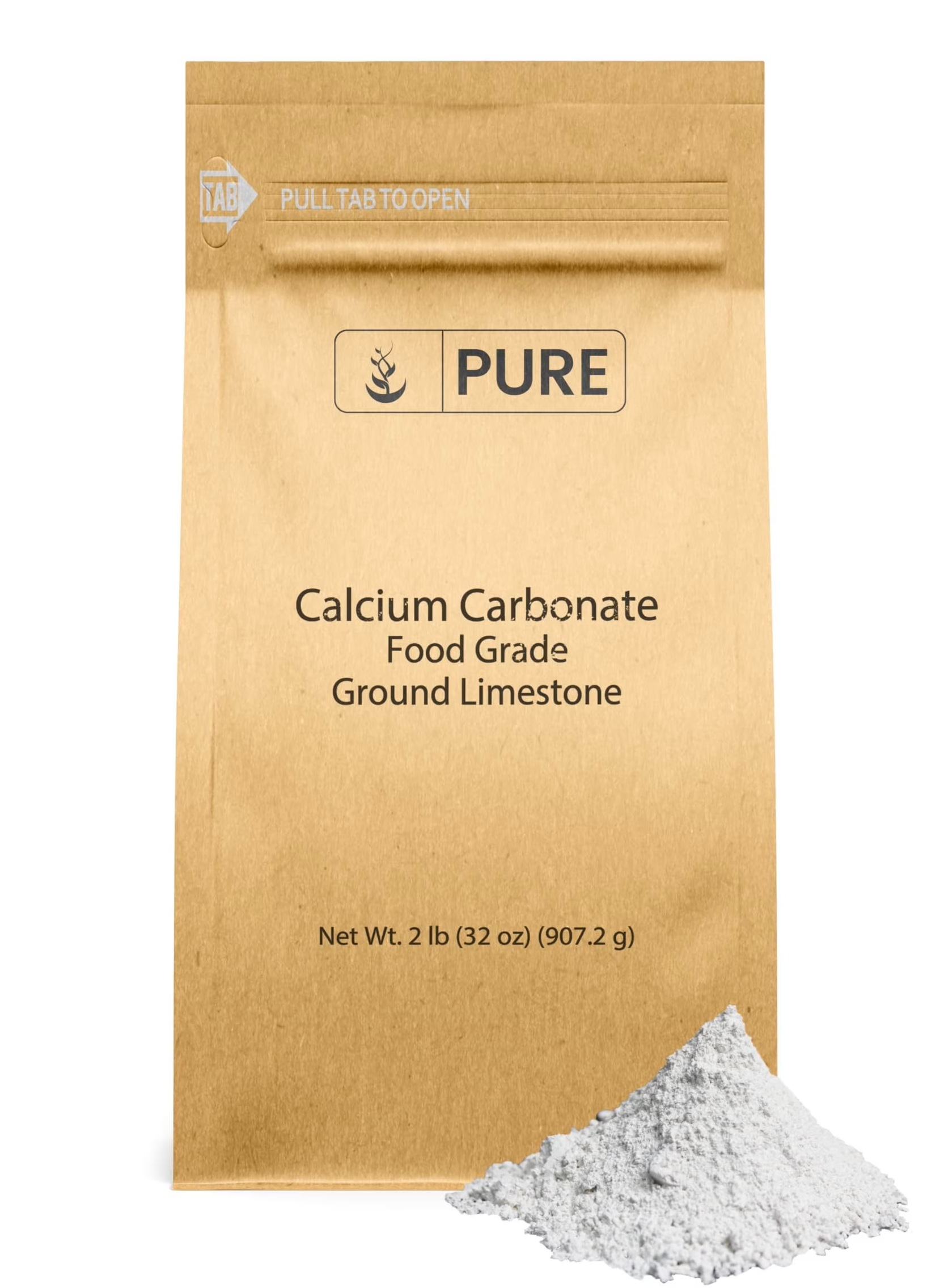Grape Molasses
Grape molasses, also known as shireh in Farsi and pekmez in Turkish, is a thick, sweet syrup made from concentrated grape juice. It is commonly used in Middle Eastern, Mediterranean, and Balkan cuisines.It is traditionally eaten with Fereni, Yougurt, Tahini creating a sweet and savory spread. In some cultures, it is also enjoyed as a remedy for boosting energy or treating anemia due to its high iron content.
Grape molasses has a rich, fruity, and deeply sweet flavor with a slight tartness, similar to a mild honey or date syrup but with its own unique taste.
In Middle Eastern and Mediterranean cooking, grape molasses is used in savory dishes, often in marinades, sauces, and glazes for meats and vegetables. It is sometimes added to hot water, tea, or milk for a warm, comforting drink. It has a dark brown or almost black, depending on the variety of grape used and the extent of boiling.
Grape molasses is considered a nutritious alternative to refined sugar because it contains some vitamins, minerals (like calcium and potassium), and antioxidants from the grapes.
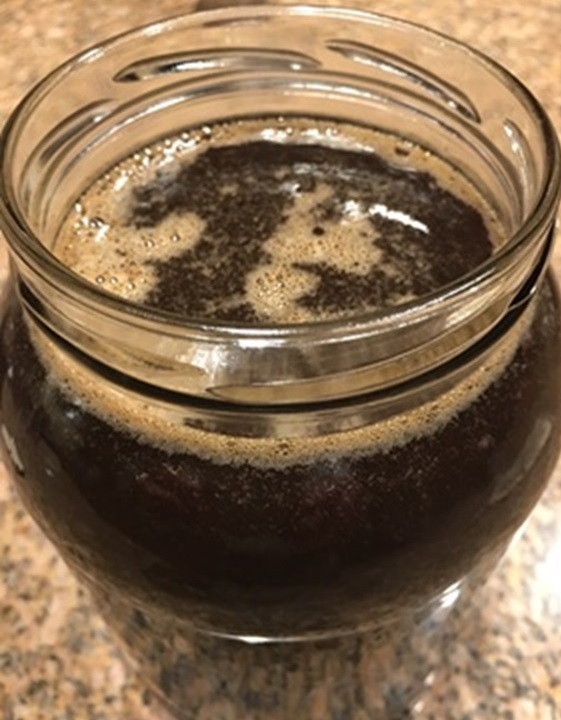
- As a Sweetener: It can be used as a substitute for sugar in various dishes, such as cakes, pastries, yogurt, desserts, pancakes or even smoothies.
- In Cooking: In Middle Eastern and Mediterranean cooking, grape molasses is used in savory dishes, often in marinades, sauces, and glazes for meats and vegetables.

How it is made
- Harvesting the grapes:
In DeHotti farm we are using our wine grapes, mostly Zinfandel, but also other types, such as Shiraz, Cabernet, and Merlot.
Grapes are harvested and washed.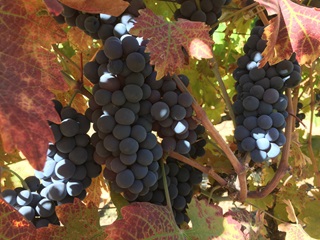

- Take the juice:
We use our Oak presser for pressing the grapes and extracting the juice.
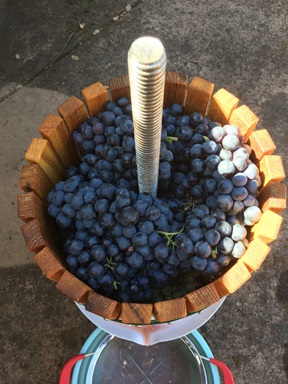
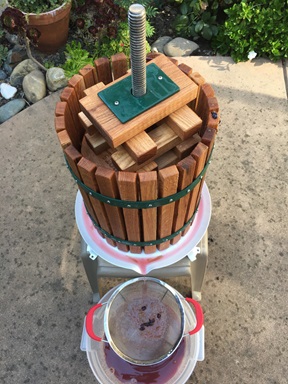
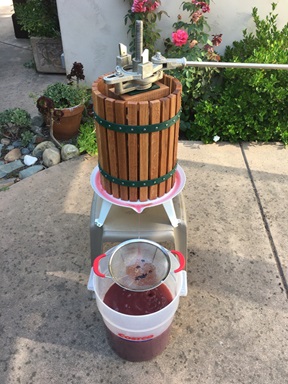

- Boil the juice:
The juice is then boiled down over a period of time (6-8 hours) to reduce its water content and thicken into a syrup.
This process caramelizes the sugars, creating a rich, dark syrup with a deep flavor.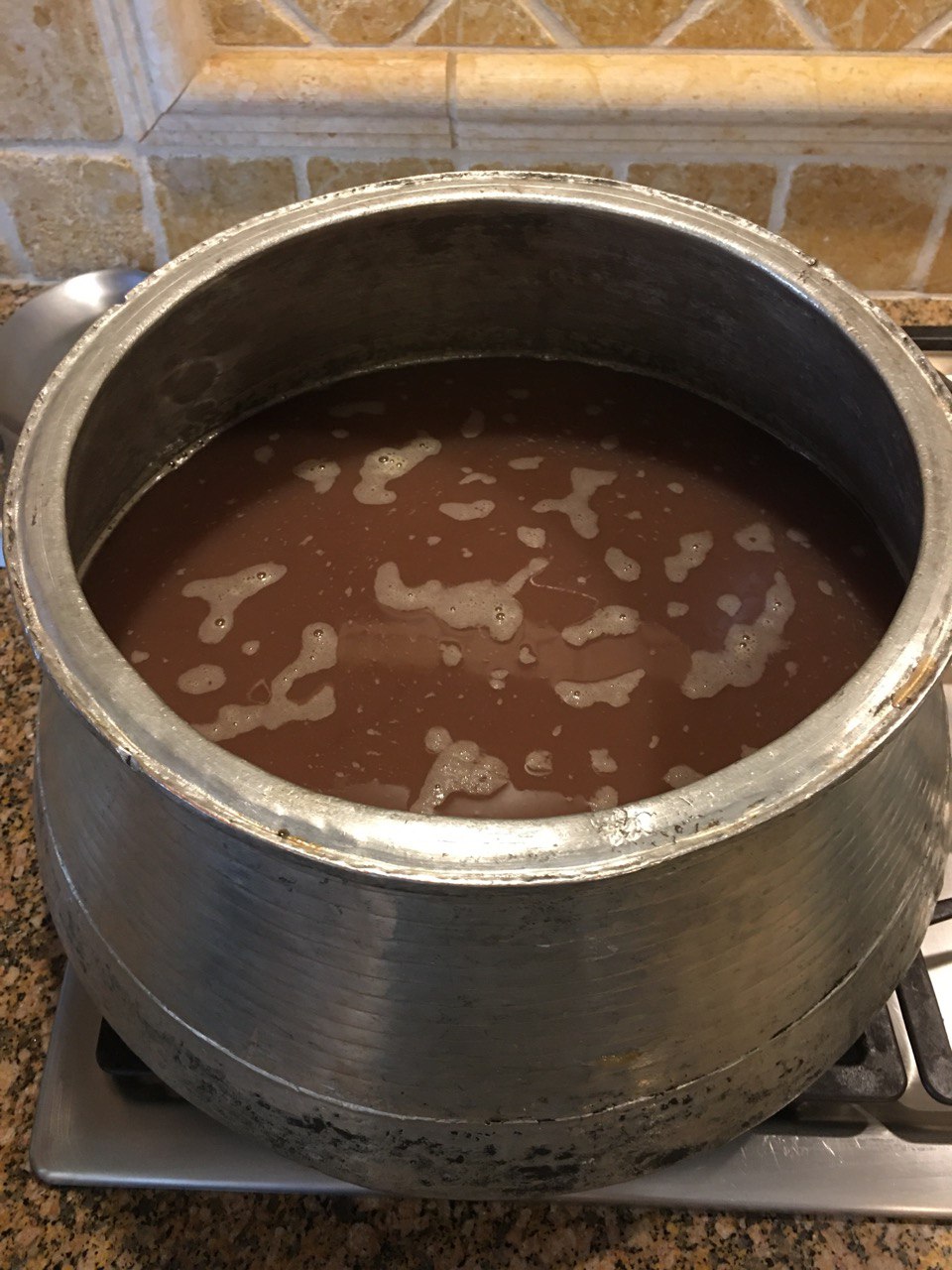
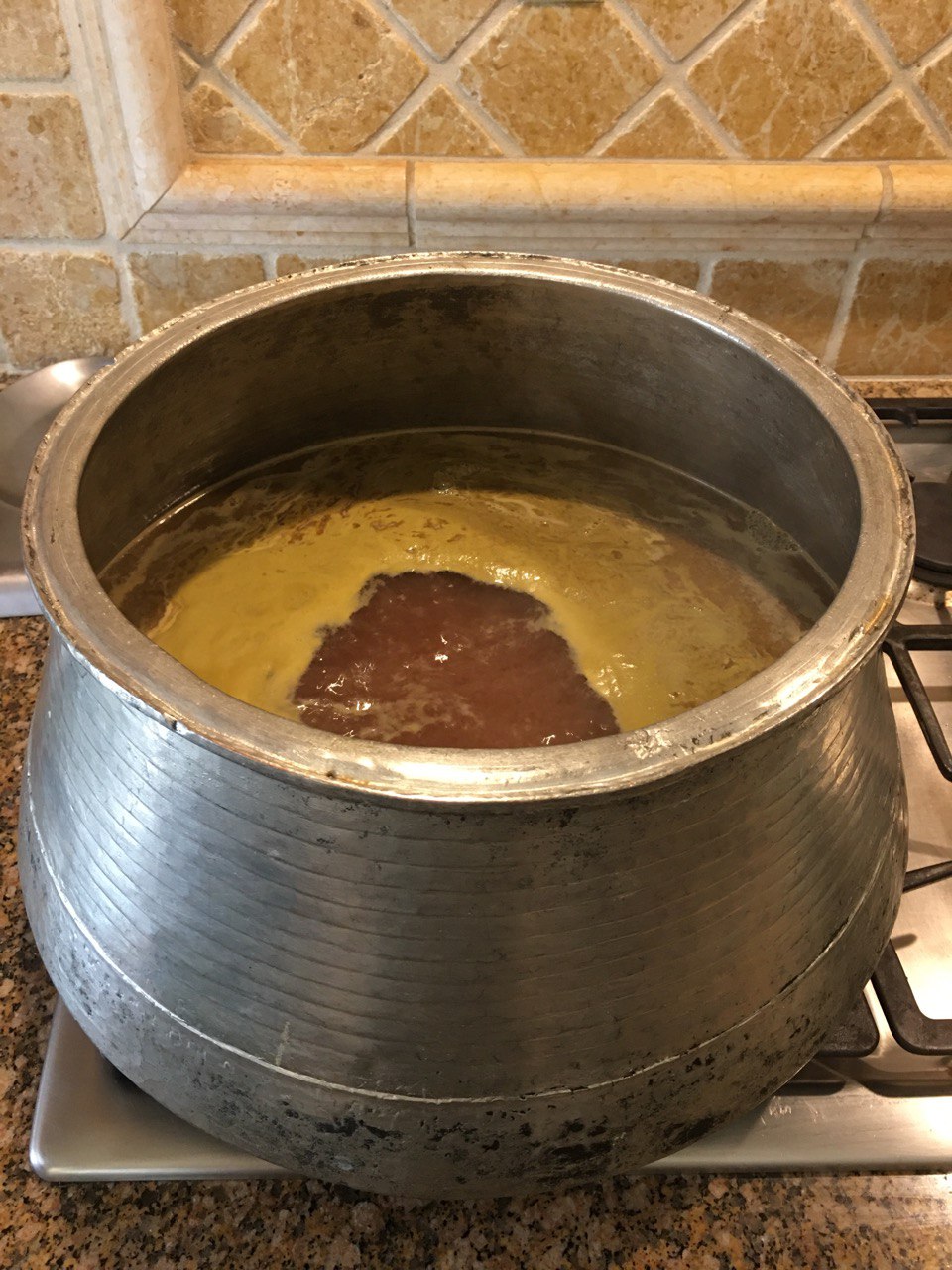
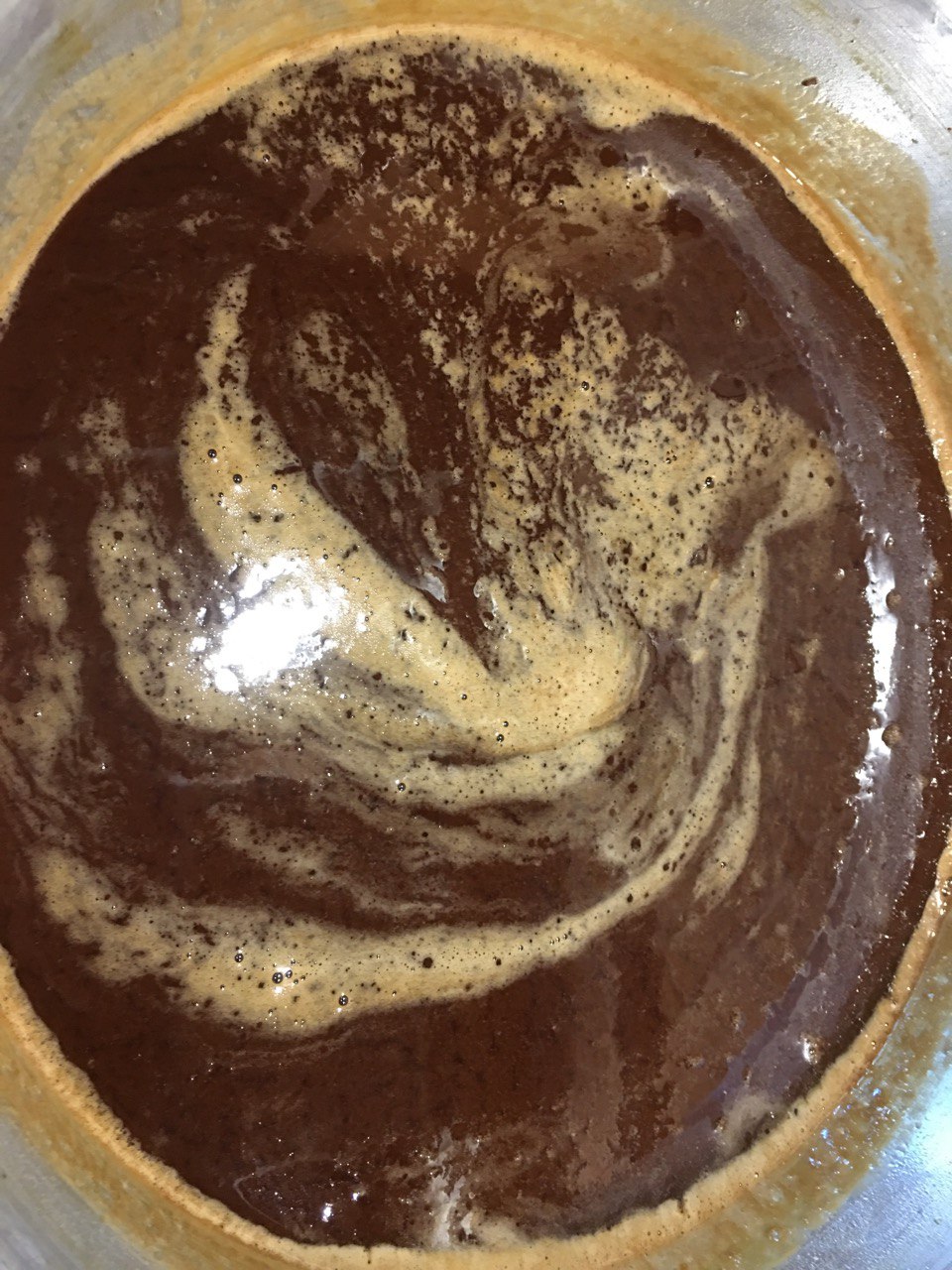
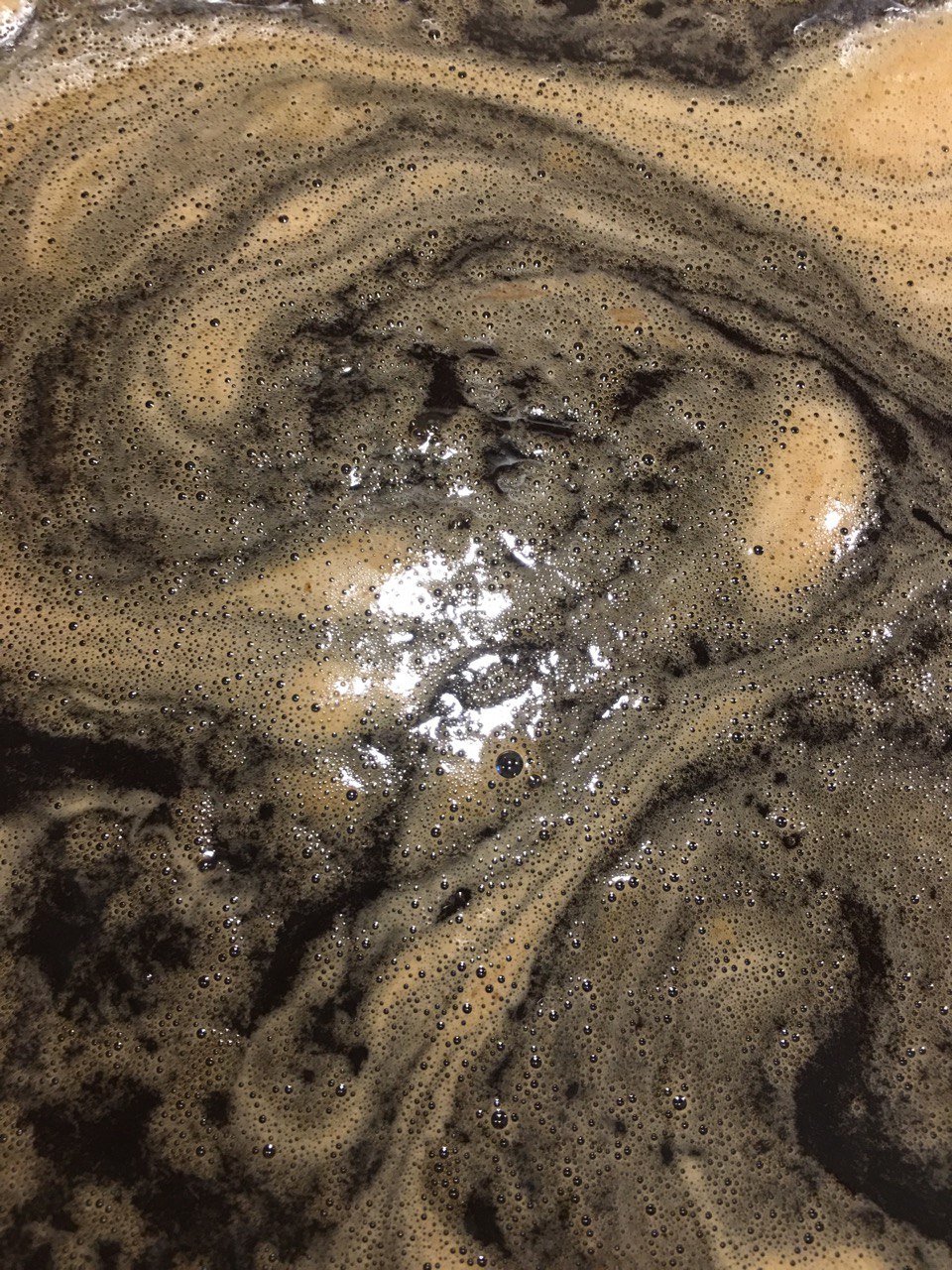
- Colling and Storage:
Once it has reached the desired consistency, the molasses is allowed to cool and is stored in jars.
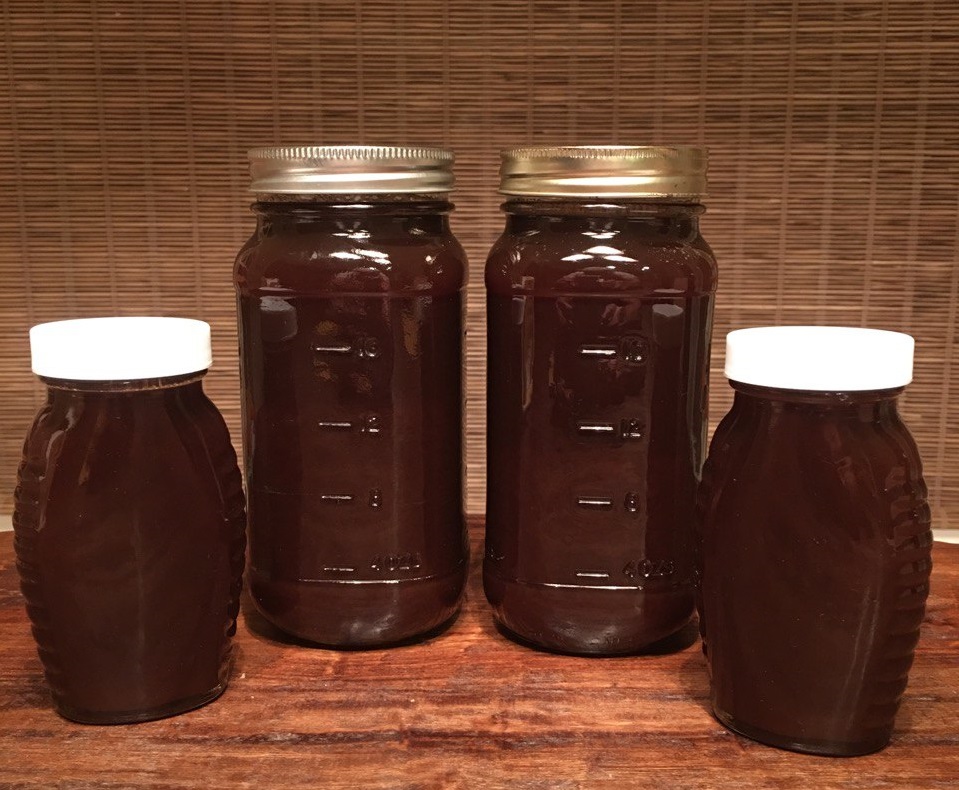
Grape Molasses Recipe
- Clarify the juice
- Pour grape juice into a large container.
- Add food-grade calcium carbonate (ground limestone), stirring well.
- Let the mixture sit 8–12 hours. White sediment will form and settle at the bottom.
- Carefully pour or siphon off the clear juice into your cooking pot, leaving sediment behind.
- Begin concentration
- Place pot on medium–high heat.
- Bring the juice just to a boil, then reduce to medium or medium-low for a gentle simmer.
- Skim off any foam that rises to the surface.
- Simmer and reduce
- Keep the juice at a steady simmer, not a rolling boil.
- Stir frequently, especially as it thickens, to prevent scorching.
- Cook until the juice reduces to about 1/3 of the starting volume. This usually takes 6-8 hours depending on pot size and heat.
- Avoid strong, constant boiling toward the end — it risks burnt flavors and darkening.
- Test readiness
- Place a spoonful on a cold plate. If it has a honey-like thickness and doesn’t spread quickly, it’s ready.
- The molasses should look glossy and pour slowly.
- Near the end of cooking, you’ll notice some foam forming on top of the molasses.
- Molasses thickens more as it cools. Stop cooking just before it looks fully thick.
Notes:
When you clarify grape juice with calcium carbonate, some fine particles and unreacted sediment often remain, even after decanting. During cooking, those can:
- Settle at the bottom as a pale or chalky layer.
- Stick slightly if heat is too strong or stirring isn’t frequent.
if you’ve used food-grade calcium carbonate (ground limestone), then the fine sediment at the bottom of your pan is safe to eat. It’s basically the same mineral used in antacids and as a calcium supplement.
